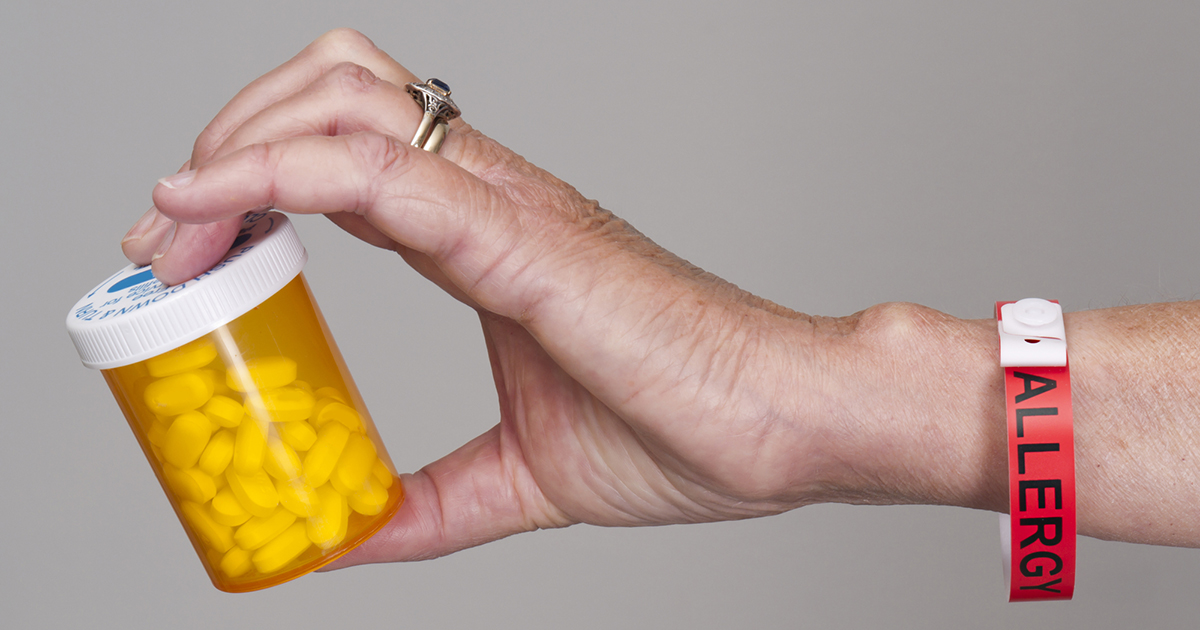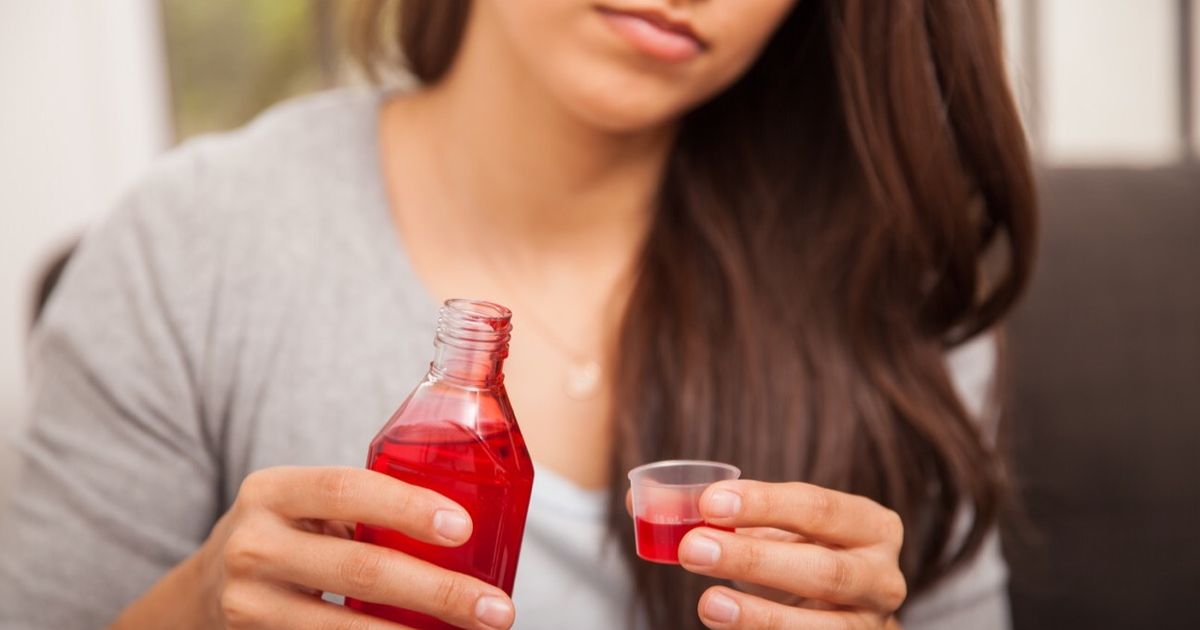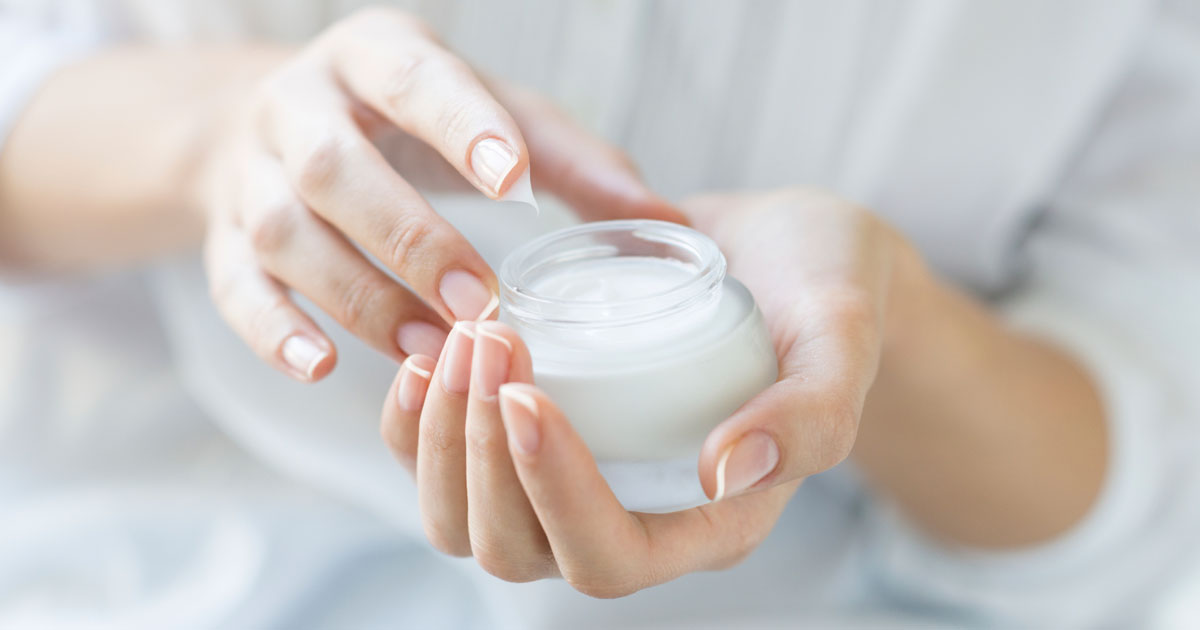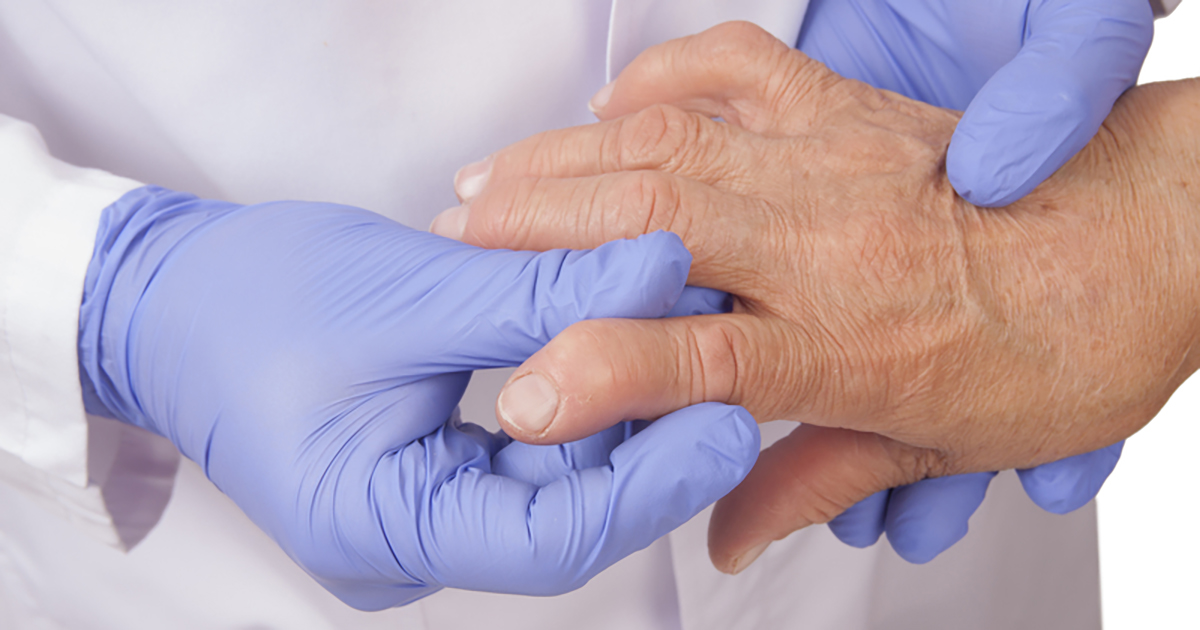Treatment Options For A Maculopapular Rash
A maculopapular rash is a skin condition with two different types of skin lesions. Macules are flat, discolored lesions, and papules are raised, often red lesions. In a maculopapular rash, these two types merge into large patches and plaques. The majority of maculopapular rashes are due to viral infections, and these types of rashes can indicate allergic reactions, infections, and serious illnesses. A primary care doctor or dermatologist should always investigate maculopapular rashes.
Along with the rash, patients may also experience a fever, dry skin, breathing difficulties, headaches, vomiting, and muscle pain. To determine the cause, doctors will ask patients about their health history and medication history. The rash will be visually inspected, and sometimes a biopsy may be needed. The treatment options described below may be beneficial for patients who have a maculopapular rash.
Take Antihistamines

A maculopapular rash may sometimes be an indication of an allergic reaction to a particular medication or food. Patients experiencing this may need to take antihistamines to help stop the reaction. Antihistamines reduce itching, hives, and breathing issues associated with allergic reactions. Depending on the type of antihistamine used, potential side effects include confusion, blurred vision, drowsiness, dry mouth, irritability, restlessness, and trouble urinating. When using an antihistamine, patients should mention high blood pressure, kidney problems, heart disease, and liver problems to their physicians, and they may need to use antihistamines with caution. In addition to antihistamines, some patients may need to use epinephrine injection pens.
Keep reading for more simple tips on how to treat a maculopapular rash now.
Stop Medication Causing The Reaction

If a doctor determines the use of a particular medication causes a patient's maculopapular rash, they will have the patient stop the medication causing the reaction. Patients may have that particular medication noted in their list of allergies, and a substitute medication will be prescribed to replace its function. Generally, a rash that occurs as the result of an allergic reaction to medication will appear four to twelve days after taking the medicine. When patients are adjusting to a new medication, they should be particularly vigilant in the first seven to eight days of treatment, as most allergic reactions appear during this period. Along with the rash, patients with allergic reactions may also have a fever and muscle pain. The rash will usually fade after one to two weeks.
Get the details on the next maculopapular rash treatment option now.
Underlying Infection Treatment

While viral infections cause most rashes, bacterial infections can also produce this symptom. Some of the most common infections that lead to the development of maculopapular rashes are measles, scarlet fever, hepatitis B and C, the Zika virus, and an infection that affects the hands, mouth, and feet. Vaccines are available to prevent measles and hepatitis B, and hepatitis C can be treated with oral medications. Treatment for scarlet fever typically consists of antibiotics taken over a period of ten days. An infection of the hands, mouth, and feet is a common childhood illness that can cause a rash along with a fever, sore throat, loss of appetite, mouth sores, and irritability. The rash associated with this condition may occur on the buttocks, palms of the hands, and soles of the feet. It typically occurs without itching, but blisters may be present. The illness often resolves on its own in ten days. If treatment is needed, it typically includes an oral anesthetic gel to relieve pain from mouth sores, and over-the-counter pain relievers are often recommended to relieve discomfort.
Learn more about treating a maculopapular rash now.
Topical Steroid Cream Application

Topical steroid cream application reduces inflammation and can ease itching. While low-dose hydrocortisone creams and other steroid creams are available over the counter and can reduce itching, it is still important for patients who have a maculopapular rash to be evaluated by a physician to rule out an allergic reaction or serious illness. Steroid creams are available by prescription and are classified according to their potency. Treatment with topical steroid creams can cause side effects including thinning of the skin, localized hair thickening in the region of application, enlarged blood vessels, and easy bruising. Patients may also develop stretch marks in the groin or armpits if the creams are used on these areas.
Discover more ways to treat a maculopapular rash now.
Treatment For Other Underlying Causes

Maculopapular rashes may resolve after patients receive treatment for other underlying causes. In addition to infections, allergies, and adverse reactions to medications, maculopapular rashes may be caused by many conditions that impair the normal functioning of the immune system. Still disease and juvenile rheumatoid arthritis are two of these immune conditions. Still disease is a severe type of adult-onset arthritis that includes joint pain and a high fever. It is typically treated with anti-inflammatory medicines and immunosuppressants. Juvenile rheumatoid arthritis also causes joint pain and is treated with a combination of physical therapy and medications such as biologics, anti-inflammatories, corticosteroids, and disease-modifying antirheumatic medication. These medications are often combined with pain relievers such as acetaminophen and ibuprofen.
